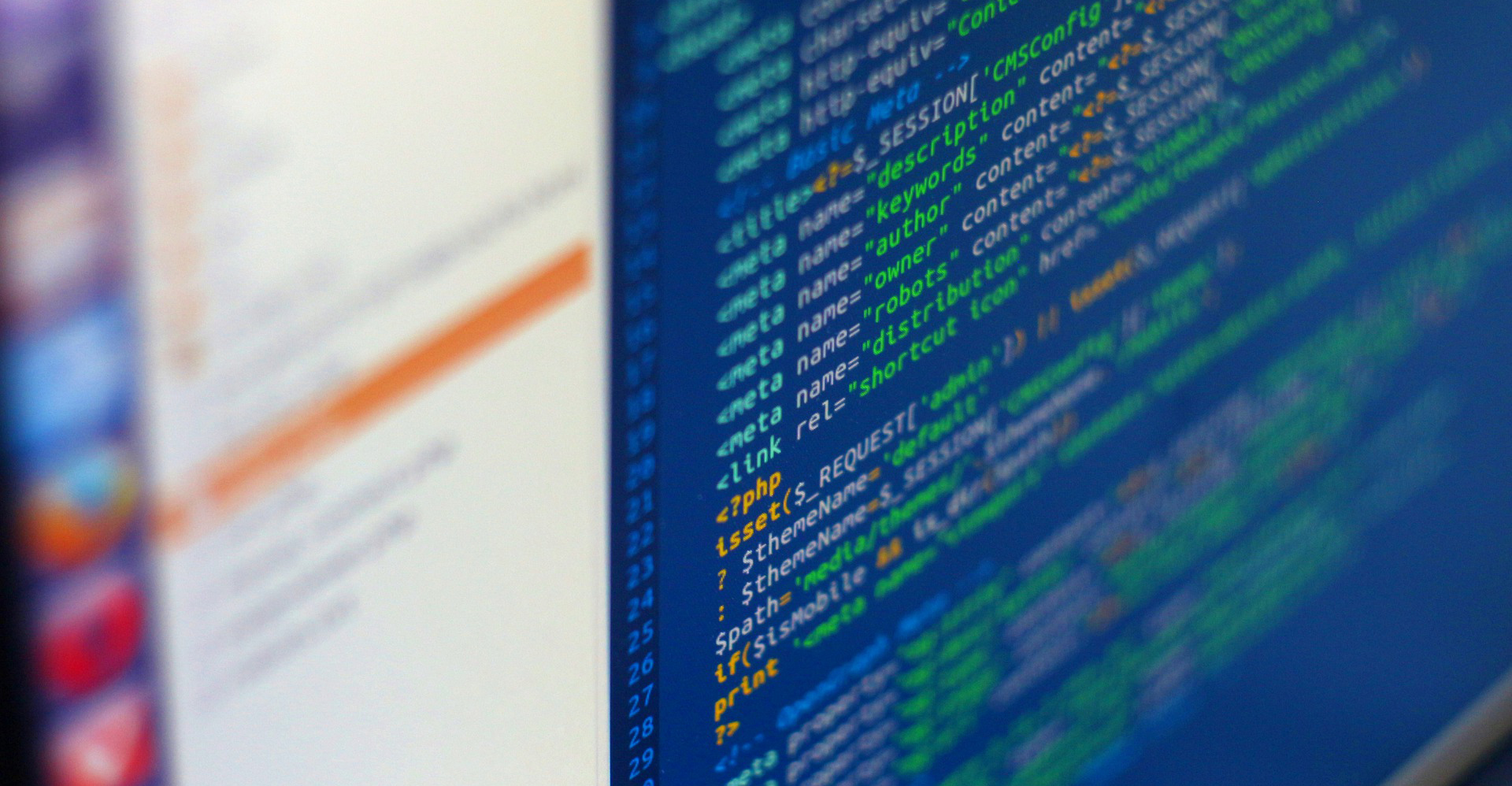This CSAFE webinar was held on May 25, 2021.
Presenter:
Henry Swofford
Ph.D. Candidate – University of Lausanne
Presentation Description:
Over the years, scientific and legal scholars have called for the implementation of algorithms (e.g., statistical methods) in forensic science to provide an empirical foundation to experts’ subjective conclusions. Despite the proliferation of numerous approaches, the practitioner community has been reluctant to apply them operationally. Reactions have ranged from passive skepticism to outright opposition, often in favor of traditional experience and expertise as a sufficient basis for conclusions.
In this webinar, we explore why practitioners are generally in opposition to algorithmic interventions and how their concerns might be overcome. We accomplish this by considering issues concerning human—algorithm interactions in both real world domains and laboratory studies as well as issues concerning the litigation of algorithms in the American legal system. Taking into account those issues, we propose a strategy for approaching the implementation of algorithms, and the different ways algorithms can be implemented, in a responsible and practical manner. To this end, we (i) outline the foundations that need to be in place from a quality assurance perspective before algorithms should be implemented, such as education, training, protocols, validation, verification, competency, and on-going monitoring schemes; and (ii) propose a formal taxonomy of six different levels of implementation ranging from Level 0 (no algorithm influence) to Level 5 (complete algorithm influence) describing various ways in which algorithms can be implemented. In levels 0 through 2, the human serves as the predominant basis for the evaluation and conclusion with increasing influence of the algorithm as a supplemental factor for quality control (used after the expert opinion has been formed). In Levels 3 through 5, the algorithm serves as the predominant basis for the evaluation and conclusion with decreasing influence from the human. We suggest a path forward is for practitioners to identify a target level of implementation that is practical given the current state of available technology and consideration of the tradeoff between the potential benefits and perceived risks for a given deployment scheme, then establish a plan for implementation that begins with Level 1 as a pilot phase and progresses sequentially through the various levels toward the target. Proceeding in this fashion will increase the likelihood for adoption across all stakeholders and lead to an overall stronger foundation and improvement to the quality and consistency of forensic science.



